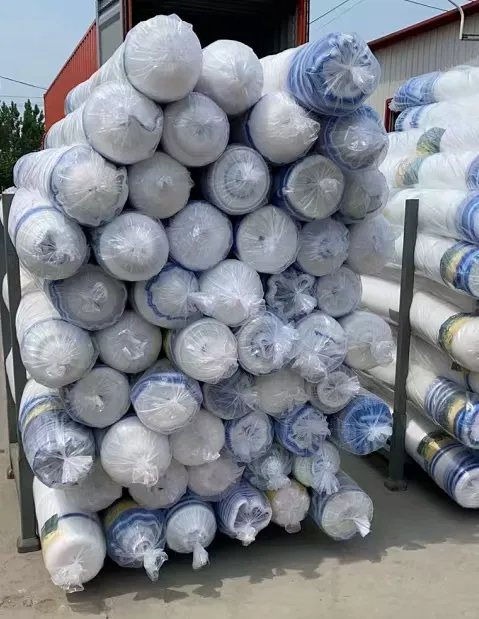-
 Afrikaans
Afrikaans -
 Albanian
Albanian -
 Amharic
Amharic -
 Arabic
Arabic -
 Armenian
Armenian -
 Azerbaijani
Azerbaijani -
 Basque
Basque -
 Belarusian
Belarusian -
 Bengali
Bengali -
 Bosnian
Bosnian -
 Bulgarian
Bulgarian -
 Catalan
Catalan -
 Cebuano
Cebuano -
 China
China -
 Corsican
Corsican -
 Croatian
Croatian -
 Czech
Czech -
 Danish
Danish -
 Dutch
Dutch -
 English
English -
 Esperanto
Esperanto -
 Estonian
Estonian -
 Finnish
Finnish -
 French
French -
 Frisian
Frisian -
 Galician
Galician -
 Georgian
Georgian -
 German
German -
 Greek
Greek -
 Gujarati
Gujarati -
 Haitian Creole
Haitian Creole -
 hausa
hausa -
 hawaiian
hawaiian -
 Hebrew
Hebrew -
 Hindi
Hindi -
 Miao
Miao -
 Hungarian
Hungarian -
 Icelandic
Icelandic -
 igbo
igbo -
 Indonesian
Indonesian -
 irish
irish -
 Italian
Italian -
 Japanese
Japanese -
 Javanese
Javanese -
 Kannada
Kannada -
 kazakh
kazakh -
 Khmer
Khmer -
 Rwandese
Rwandese -
 Korean
Korean -
 Kurdish
Kurdish -
 Kyrgyz
Kyrgyz -
 Lao
Lao -
 Latin
Latin -
 Latvian
Latvian -
 Lithuanian
Lithuanian -
 Luxembourgish
Luxembourgish -
 Macedonian
Macedonian -
 Malgashi
Malgashi -
 Malay
Malay -
 Malayalam
Malayalam -
 Maltese
Maltese -
 Maori
Maori -
 Marathi
Marathi -
 Mongolian
Mongolian -
 Myanmar
Myanmar -
 Nepali
Nepali -
 Norwegian
Norwegian -
 Norwegian
Norwegian -
 Occitan
Occitan -
 Pashto
Pashto -
 Persian
Persian -
 Polish
Polish -
 Portuguese
Portuguese -
 Punjabi
Punjabi -
 Romanian
Romanian -
 Russian
Russian -
 Samoan
Samoan -
 Scottish Gaelic
Scottish Gaelic -
 Serbian
Serbian -
 Sesotho
Sesotho -
 Shona
Shona -
 Sindhi
Sindhi -
 Sinhala
Sinhala -
 Slovak
Slovak -
 Slovenian
Slovenian -
 Somali
Somali -
 Spanish
Spanish -
 Sundanese
Sundanese -
 Swahili
Swahili -
 Swedish
Swedish -
 Tagalog
Tagalog -
 Tajik
Tajik -
 Tamil
Tamil -
 Tatar
Tatar -
 Telugu
Telugu -
 Thai
Thai -
 Turkish
Turkish -
 Turkmen
Turkmen -
 Ukrainian
Ukrainian -
 Urdu
Urdu -
 Uighur
Uighur -
 Uzbek
Uzbek -
 Vietnamese
Vietnamese -
 Welsh
Welsh -
 Bantu
Bantu -
 Yiddish
Yiddish -
 Yoruba
Yoruba -
 Zulu
Zulu
anti bird net for agriculture
Agricultural practices have evolved significantly over the years, with farmers continually seeking innovative solutions to ensure crop protection and maximize yields. One of the most effective tools in safeguarding produce is the anti-bird net. These nets not only deter birds from damaging crops but also serve as a sustainable method of protection that aligns with modern agricultural best practices.

Drawing from experiences in agriculture, farmers have consistently reported the unmatched benefits of using anti-bird nets. Unlike traditional scare tactics that birds quickly adapt to, these nets provide a physical barrier that ensures birds cannot reach the crops. With firsthand accounts revealing reduced crop loss by up to 40%, it's evident why more farmers are adopting this technology.
From a professional standpoint, the design and material of anti-bird nets play a crucial role in their effectiveness. Typically constructed from durable polyethylene, these nets are resistant to UV rays, ensuring longevity even under prolonged sun exposure. Their lightweight nature does not impose additional strain on plants, an important consideration for delicate crops. Additionally, the mesh size is optimized to prevent even small birds from penetrating, yet it allows for essential sunlight and air penetration, crucial for crop health.

Experts in agricultural engineering emphasize the importance of proper installation to achieve maximum efficacy. Nets should be installed at least a foot above crops, ensuring there is no direct contact which can otherwise provide leverage to persistent birds. Tensioning the nets appropriately is critical to prevent sagging, and should consider seasonal changes like snowfall or heavy rainfall that might add weight to the nets.
anti bird net for agriculture
In terms of authority, numerous studies underscore the cost-effectiveness of anti-bird nets. Research conducted by various agricultural institutions indicates that the initial investment in high-quality nets is offset by the significant reduction in crop losses and the extended lifespan of the nets, often lasting several harvesting seasons with minimal maintenance required.
Trust in anti-bird nets is further reinforced by their environmentally friendly impact. Unlike chemical deterrents or sonic devices that can affect wildlife and neighboring ecosystems, these nets provide a non-invasive solution. Moreover, for certified organic farms, bird nets represent a compliant method that aligns with organic farming standards, thereby appreciating the trust in organic produce by consumers who are increasingly environmentally conscious.
Real-world applications have shown that anti-bird nets are not exclusive to enormous agricultural enterprises. Small-scale farmers and even hobbyists find these nets beneficial. By preventing birds from feeding on seeds and young plants, farmers can ensure a higher germination rate and healthier crop development stages, ultimately leading to a more fruitful harvest.
In conclusion, anti-bird nets represent a blend of tradition and modern agricultural technology, offering a robust solution for protecting crops. With a deep-seated reputation for reliability, ease of use, and sustainability, they are an indispensable tool in the arsenal of modern agriculture. The transition towards such methods signals a positive step towards more sustainable and efficient farming practices, promising not just short-term gains but long-term agricultural resilience.
-
Shipping Plastic Bags for Every NeedNewsJul.24,2025
-
Safety Netting: Your Shield in ConstructionNewsJul.24,2025
-
Plastic Mesh Netting for Everyday UseNewsJul.24,2025
-
Nylon Netting for Every UseNewsJul.24,2025
-
Mesh Breeder Box for Fish TanksNewsJul.24,2025
-
Expanded Steel Mesh Offers Durable VersatilityNewsJul.24,2025











